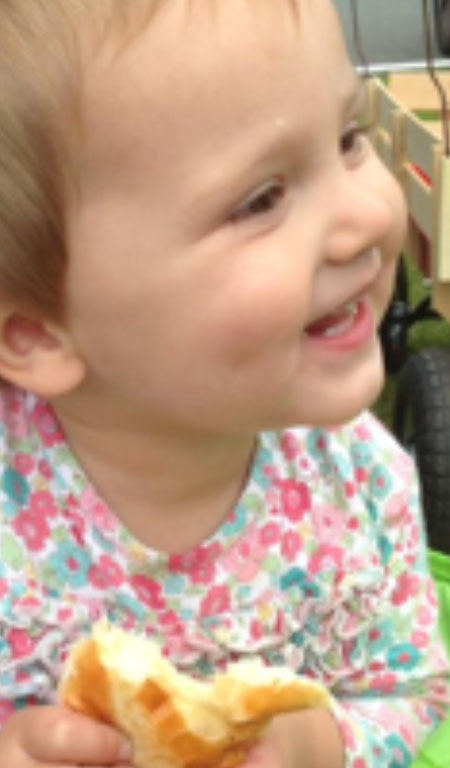
Molly's Story

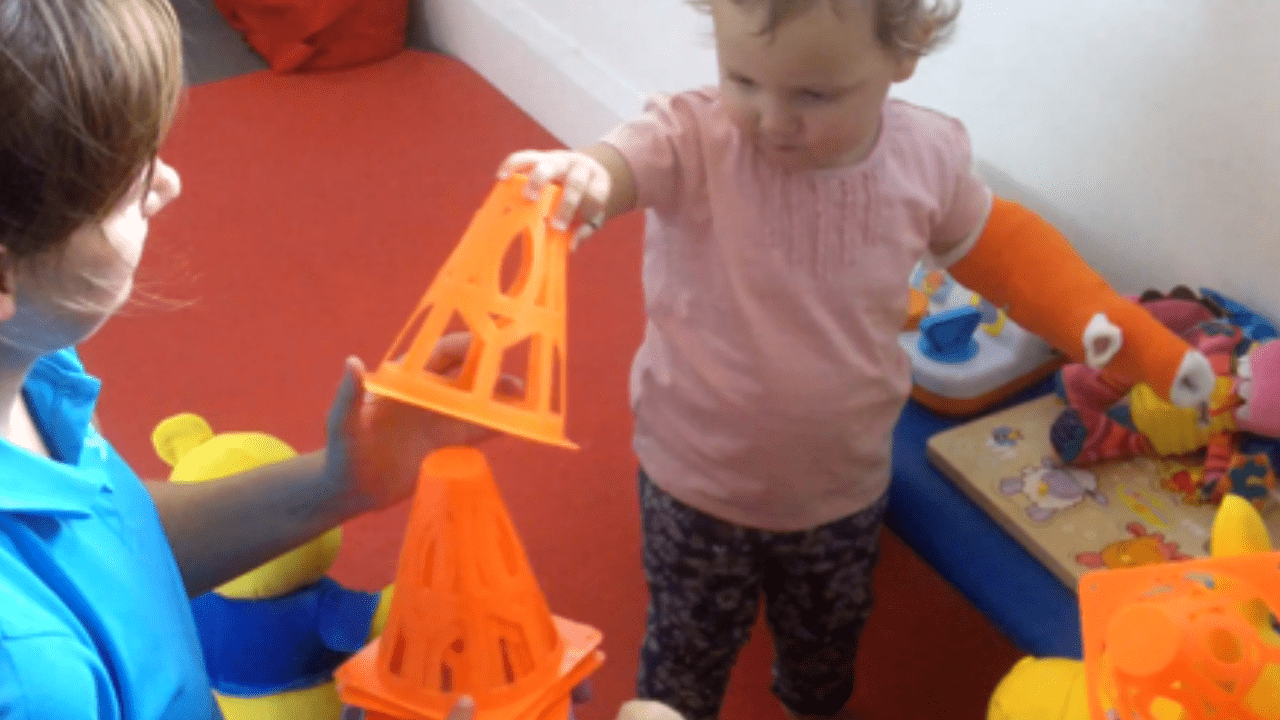
“When she does use her left hand now, the quality of movement is much better!”Rachel, Molly’s Mum.
Molly had very high tone in her fingers and thumb which delayed finger extension making the release of objects very difficult. Molly was unable to isolate her index finger and had reduced fine motor control. Molly demonstrated a strong preference towards her left hand and rarely incorporated her right hand in various activities.
“It's been such a tough week but so worth it... Don't know how u guys do it!” - Rachel, Molly’s Mum.
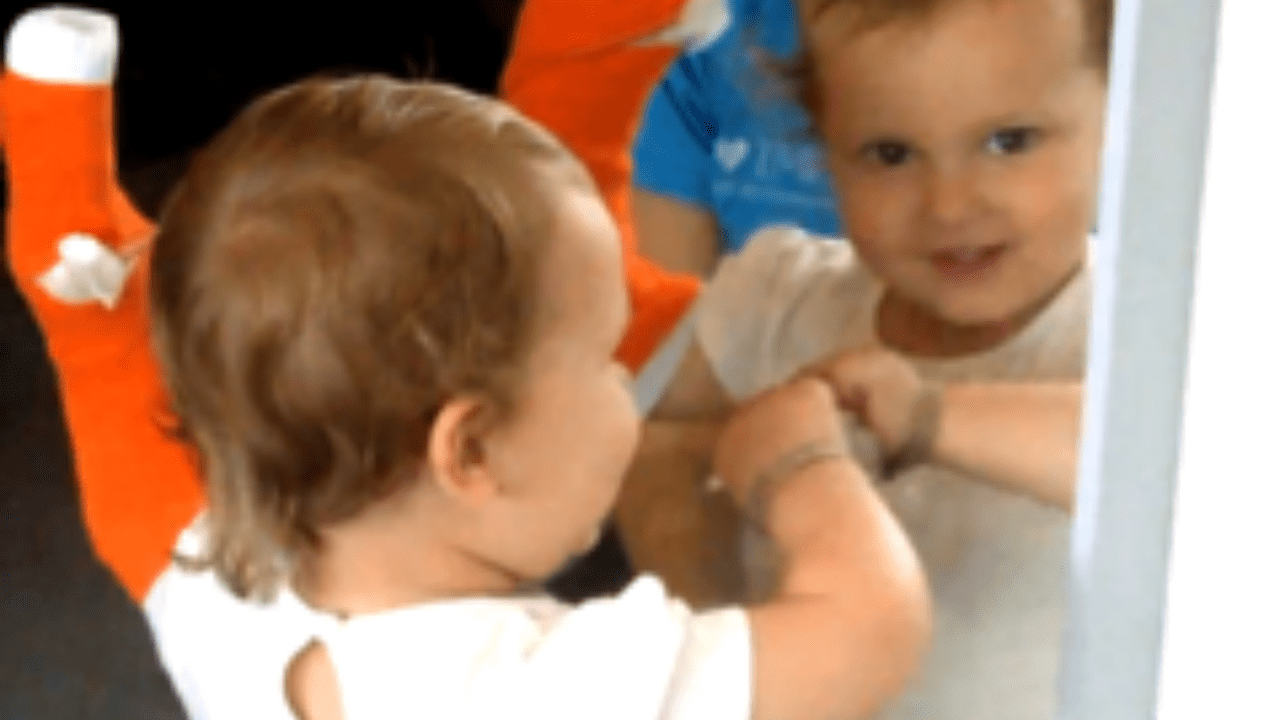
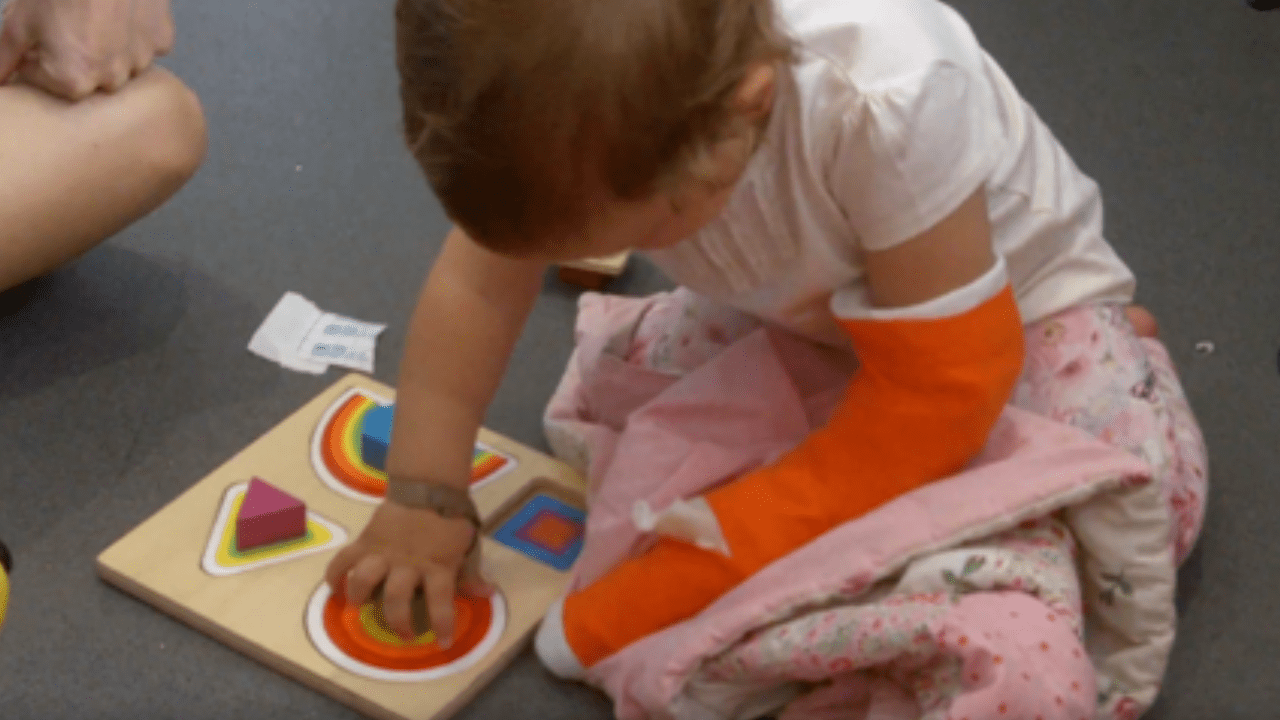
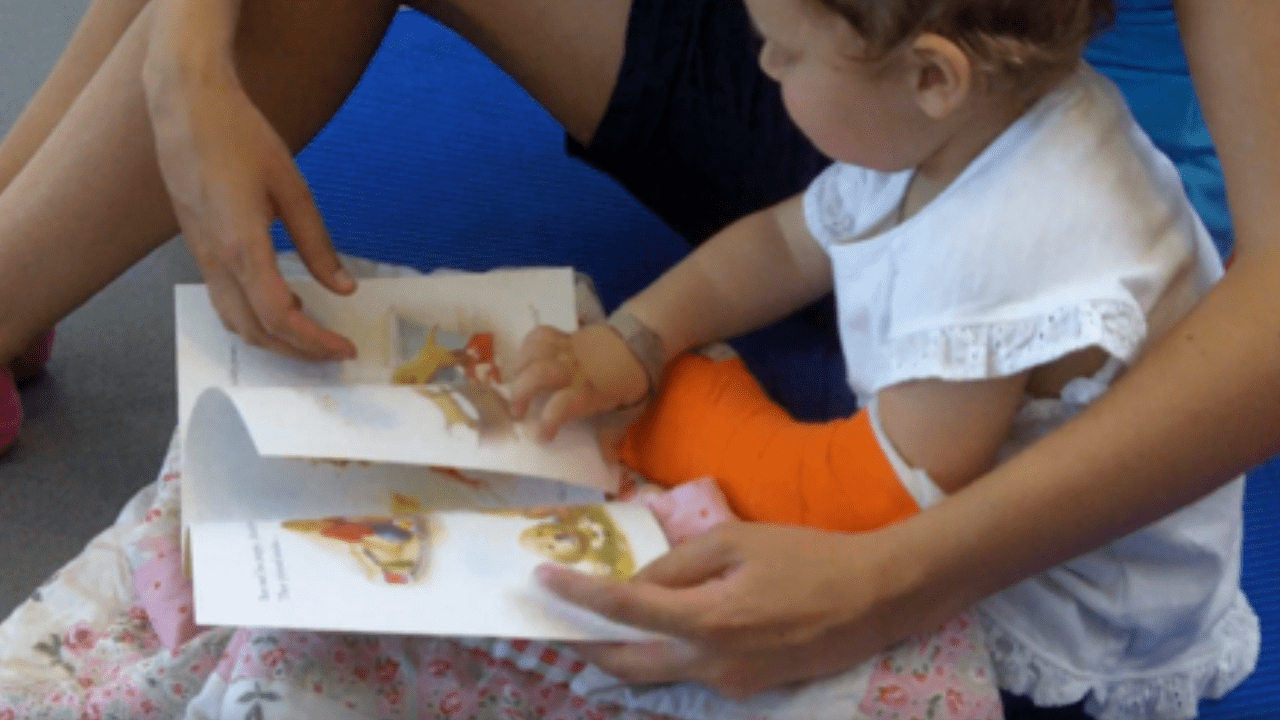
Having the cast on for 24 hours a day for 2 weeks, has allowed Molly to focus on only using her affected arm in activities, and increase her awareness of her right upper limb. This stimulates the formation of new pathways for movement, which “rewires” the brain - this means that a larger part of the brain becomes active when producing movement of the weaker arm.
Learn MoreThe static posture of the non-affected side in the cast, further assisted to reduce tone in Molly’s right arm and hand consequently promoting functional use. The high intensity and repetitive use of Molly’s affected upper limb over a relatively short period of time had produced a lasting change. As with most intensive therapies, the best results are seen with early intervention so Molly managed to achieve some really positive results in a relatively short space of time.
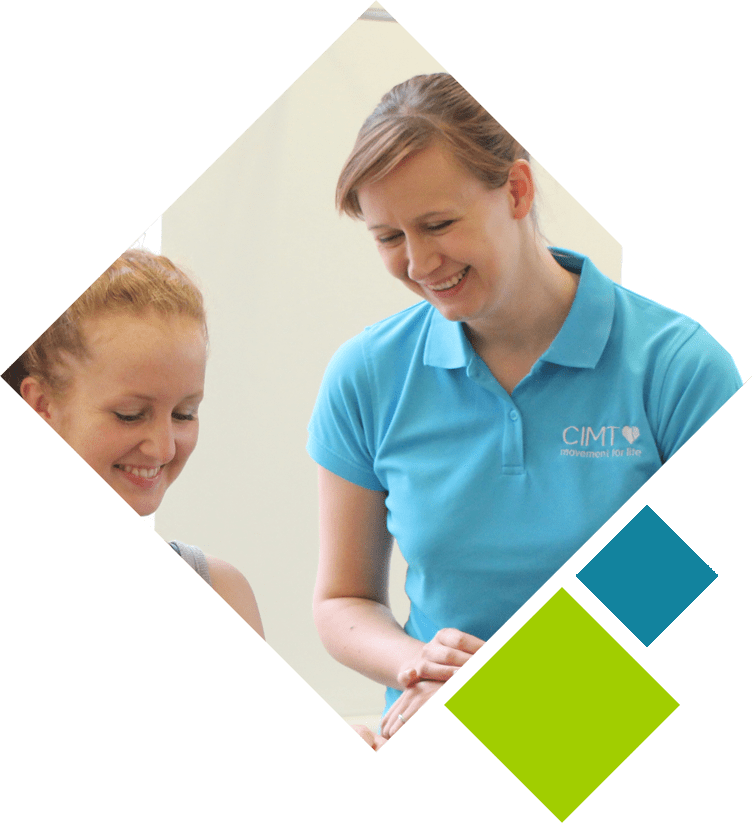
Karen Leslie - Neurological Physiotherapist
"Molly was such a sweet little girl and a true pleasure to work with! With the younger ones the cast is always a bit more of a concern but Molly was extremely brave and a total star! The improvements speak for themselves and all that’s left for me to say is; thank you Molly and best of luck!"
Learn More"The improvements speak for themselves and all that’s left for me to say is; thank you Molly and best of luck!" - Karen, Therapist

Karen Leslie - Neurological Physiotherapist
Call us on 0330 223 0077 or email office@cimt.co.uk to speak to
one of our specialist CIMT therapists.
Comment Board